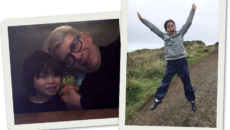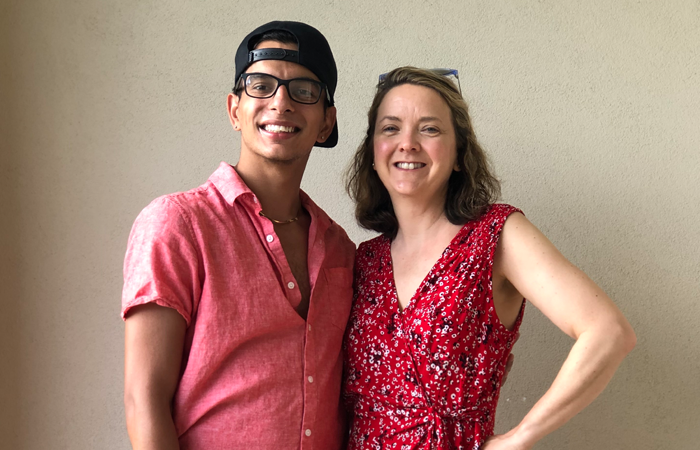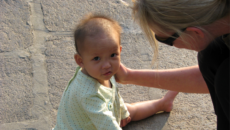We’ve all heard of the tug-of-war of wills known as the terrible twos. But does this time in a child’s life have to be so frustrating? There are experts who say the terrible twos syndrome is the result of a child’s growing awareness of his own preferences and needs paralleled by the frustration of his inability to make himself understood verbally.
Some parents say they’ve found a way to ease the pain: teaching sign language to their year-old (and even younger) children. And when it comes to easing stress, many say the payoff is big.
Signing Basic Needs
Jim and Michele McBride taught their one-year-old, A.J., a few words in American Sign Language. Once, while on vacation, A.J.’s grandmother was putting him into his car seat. The grandmother observed A.J. was signing that he needed a diaper change.
A.J.’s father yelled from inside the house, “I just changed him five minutes ago.” The grandmother replied, “Well, he’s still doing it.” She checked his diaper and sure enough it was full. “If he hadn’t been able to tell us,” Michele added, “he would’ve had to sit in that mess for at least an hour.”
What parents wouldn’t love their one-year-old child to calmly let them know when he or she needed a diaper change? But does this mean you have to go out and acquire new language skills? Researchers say not. Just a few words will suffice.
Kim Votry conducts seminars in the Seattle area on how to get started with teaching your baby sign language. “Most people get a long way with three words,” says Votry. “If the baby can tell you when he or she wants milk or to nurse or is hungry, or when he or she wants more of anything, you can thwart 90 percent of infant frustration.”
Connie Munro and her partner, Peter Jones, hope to adopt later this year. They attended Votry’s “Sign with your Baby” workshop. She and other adoptive parents there expressed concern that their Chinese babies will have heard Mandarin exclusively and that will change abruptly. Munro is hoping that a few quickly learned signs will help ease the transition.
Communication: The First Challenge
The reason children aren’t born talking is the same reason they can’t walk when they’re first born–muscle development. It takes the development of 100 muscles around the vocal chords before clear speech can be achieved.
But children are born with needs, and it isn’t long before their preferences begin to develop. But as parents, it’s sometimes difficult to understand exactly what the needs are until the child becomes exasperated. At that point we start to troubleshoot. Is the baby hungry, cold, or in need of a clean diaper? We just keep guessing until the baby stops crying.
You can make up your own sign language. You’ll find that your children already use signs of their own to communicate with you. Also, using American Sign Language has its benefits, according to some experts. Your child will be bilingual. Learning a second language is easy for young children and helps develop parts of the brain.
But for most parents the prospect of heightened verbal skills isn’t the issue. The real motivation is bonding. Rina Goodman and Jay Callender expect to adopt a daughter any day now. They’ll use sign language initially as a way to communicate with their new daughter.
“We want to bond as quickly as possible and communication is really critical,” says Goodman. “We want her to know that we’re there to meet her needs.” And it’s bonding that provides the joyfully intense connection between child and parent that makes it all worthwhile.



